J-STORIES ー 日本が誇る伝統技術を持ちながら、需要の減少や後継者不足で衰退を余儀なくされている老舗企業は少なくない。かつて冠婚葬祭などの必需品だった黒紋付の染色業者も、今は時代の荒波の中で浮沈の瀬戸際に立たされている。
しかし、美しい「黒」の染色技術には、長年着込んだ服のしみや黄ばみを覆い隠し、捨てざるを得ない古着を最新の一着に変える力がある。黒染めで衣服を再生し、「サステナブル(持続可能)ファッション」として利用していけば、廃棄される衣料は減り、地球環境の保全に役立つうえ、日本の黒染技術の継承にもつながるのではないか―。
社会の脱炭素をめざす動きが広がる中、衣類の生産や利用がもたらす大きな環境負荷は深刻な問題になっている。環境省によると、日本では毎年、80万トンを超す新しい衣類が供給されており、約64%にあたる51万トンが廃棄されている(2020年現在)。服1着が原材料調達から製品化までに生み出す環境負荷は、CO2排出量が25.5キロ、水消費量が2300リットルに及ぶとのデータもある。
.jpg)
増え続ける衣類の廃棄は日本だけでなく世界各地の環境を脅かしている。南米のチリでは山積みされた古着が土壌汚染や火災による有毒ガスの発生などを引き起こした。廃棄衣類の「終着点」とも呼ばれる西アフリカのガーナでは、大量に放置された古着が伝染病の温床になったり、下水に流れ込んで洪水の危険を招いていると言われる。
衣類の大量廃棄の背景にあるのは、短いサイクルで流行の衣類を安く大量に製造・販売する「ファストファッション」産業の拡大だ。これに対し、流行遅れの服を安易に捨てず、リサイクルや再利用などで使い続ける「サステナブルファッション」の取り組みが高まりつつある。
.jpg)
捨てられる服の中には、黄ばみ、シミなどの問題さえなければまだ着られる服も多い。熟練の黒染め技術によって、古着を美しい衣類として再生すれば、人々の暮らしにサステナブルファッションを根付かせる一助になる、と京都紋付の荒川社長は言う。
大正14年(1915年)の創業以来、およそ1世紀にわたって黒紋付の染色だけを手掛けてきた同社は、「深黒(しんくろ)」と呼ばれる独自の染色技術を持つ。黒色をより深い「真っ黒」に変化させる加工方法だ。

染色過程では、染め職人の熟練の技と長年の経験をもとに染料の温度を微妙に変化させながら、数十回にもわたって生地を上下させて染めを繰り返す。さらに天日干しによって黒さを際立たせ、究極の黒を完成させる。
荒川社長によると、黒紋付を含む着物全体のマーケットは、1975年の2兆円から2000億円に減少。黒紋付だけの市場規模は、年間300万反から2000反以下に激減し、事業所組合も解散した。これまで100あった黒染業者も、今では3事業所だけになり、「産業はもはや崩壊寸前」だという。
「何とか日本の伝統産業を後世につなげていきたい」と、同社は2021年に黒染技術で消費者の衣服を黒に染め直して再生する新しいサービスをスタートした。
染め替えの受注に関しては、同社が構築したスキームを衣類取扱い代理店にアフィリエイト(成功報酬型広告)で提供する。現在、フェリシモやアーバンリサーチなど大手企業約100社が同社とコラボした事業を展開している。
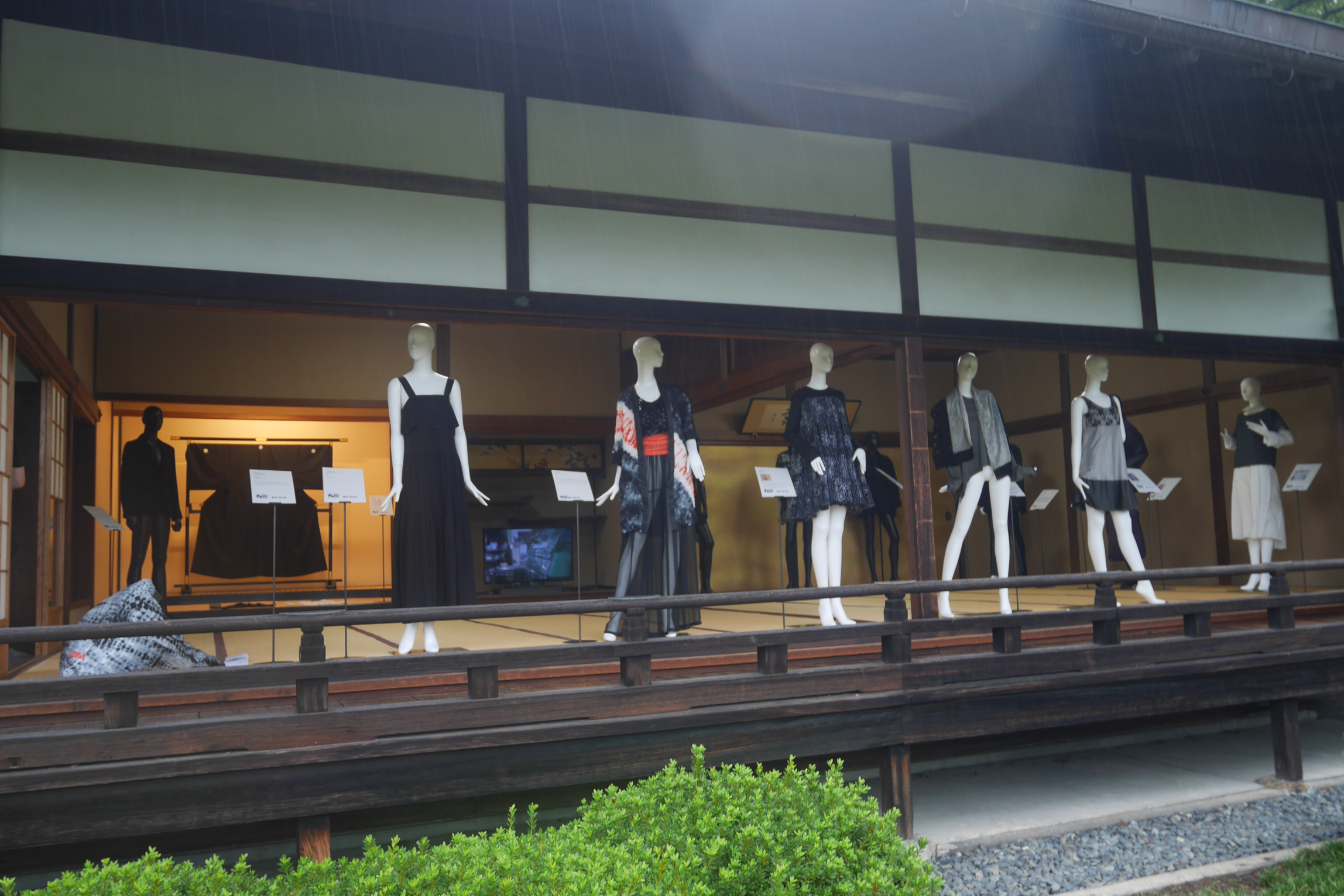
黒染する古着は、天然繊維が50%以上含まれれば、シルクや綿以外の化学繊維にも染色可能で、より高い撥水性、柔軟性が現れるという。衣類に含まれる自然繊維の量によっても黒染の仕上がりは変わるため、「思いもよらない完成品が出来上がることもある」と荒川代表。実際利用した消費者からは、「新品以上」という声も届いているという。
「この事業をスタートした2021年から売り上げは4倍になっている」と荒川代表。この数字は、一般の消費者から古着を預かり染め替えをする受注量の増加に加え、アパレルのデザイナーが染め替えを想定したデザインを展開し、1枚の衣類で2度楽しめるという付加価値を付けたことで、消費者にも染め替えの良さが浸透してきた結果だという。
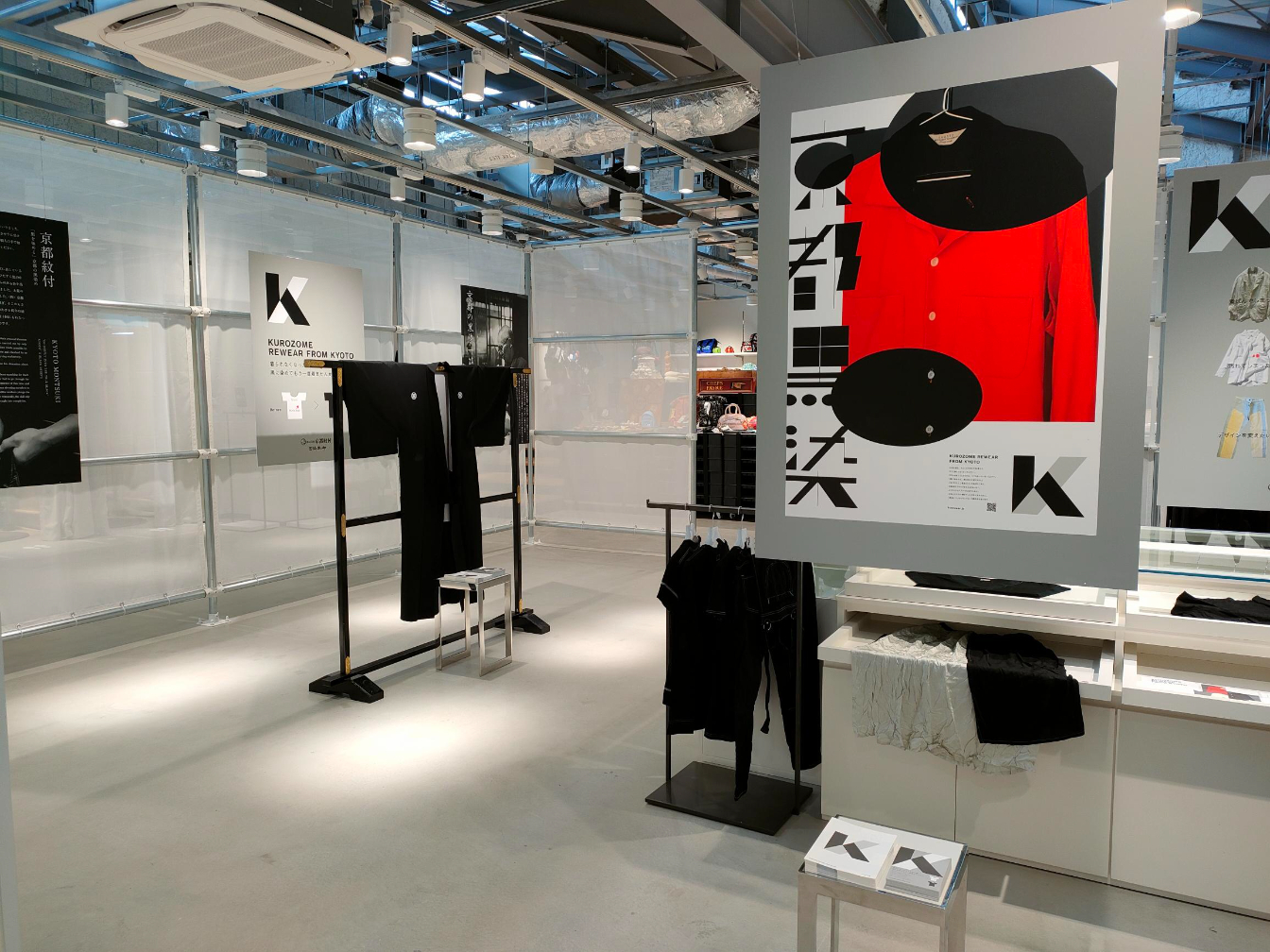
シミや黄ばみが目立つ衣類を単に黒く染めるだけのサービスは海外にもあるが、美しい黒のファッションとして再生できるのは、100年もの間、黒染めだけに特化してきた同社の伝統技術があるからだ。
荒川代表は、「単に黒色に染め替えるのでなく、元の製品よりさらに洗練された一着になることを知ってもらえば、まだまだ伸びしろのある産業。衣料の大量廃棄に歯止めをかけるためにも、今後は染め替えが衣料を製造、販売する際のスタンダードになるよう、このプロダクトを広めていきたい」と語った。
記事:大平誉子 編集:北松克朗
トップ写真: 京都紋付 提供
この記事に関するお問い合わせは、jstories@pacificbridge.jp にお寄せください。
***
本記事の英語版は、こちらからご覧になれます。

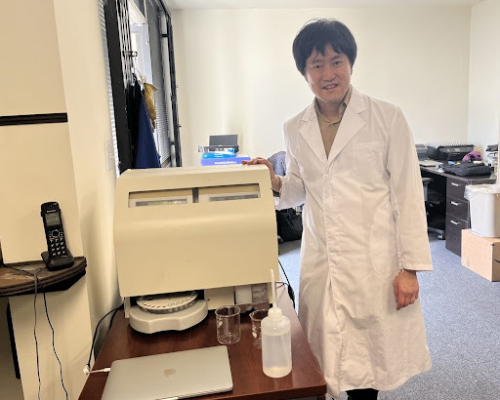
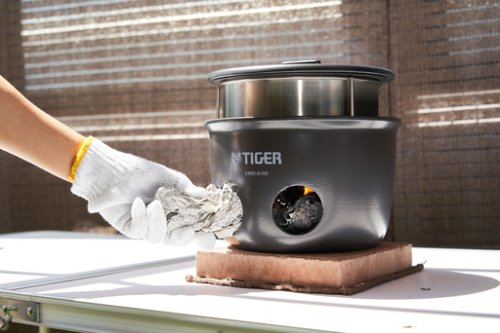
_smallthumbnail.jpg)
_bigthumbnail.jpeg)





![[PODCAST] 外国人創業者が変える日本のスタートアップの形 (Part 7)](https://storage.googleapis.com/jstories-cms.appspot.com/images/1763538829673unnamed_bigthumbnail.jpg)
![[PODCAST] 外国人創業者が変える日本のスタートアップの形 (Part 6)](https://storage.googleapis.com/jstories-cms.appspot.com/images/1763000777388unnamed_bigthumbnail.jpg)




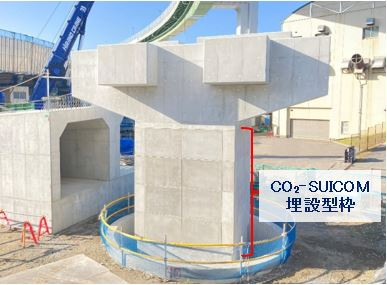


![[PODCAST] 如何打造成功的新創企業社群(第2集)](https://storage.googleapis.com/jstories-cms.appspot.com/images/1748493203370business-man-holding-light-bulb-social-network-2024-10-31-22-37-36-utc_smallthumbnail.jpg)



How much jobs do fast fashion produce?